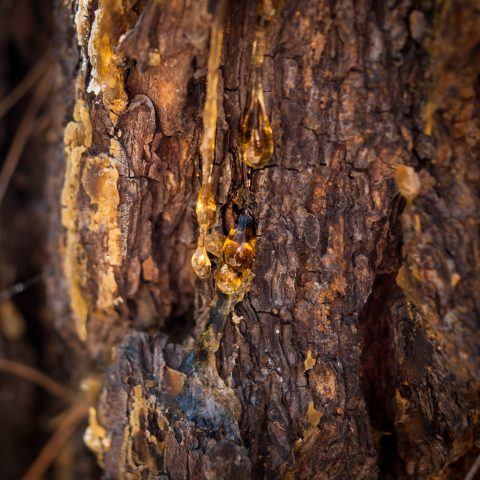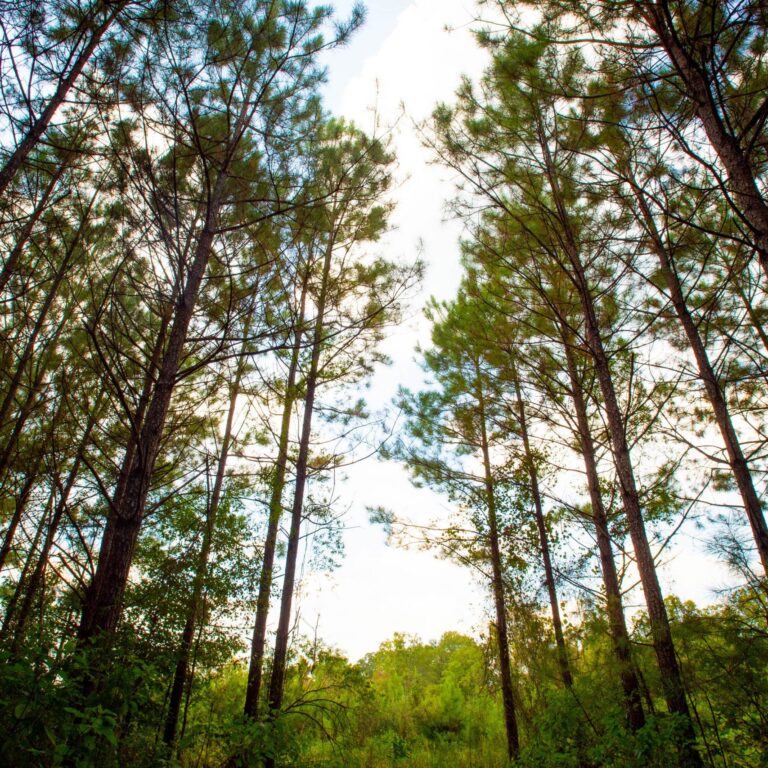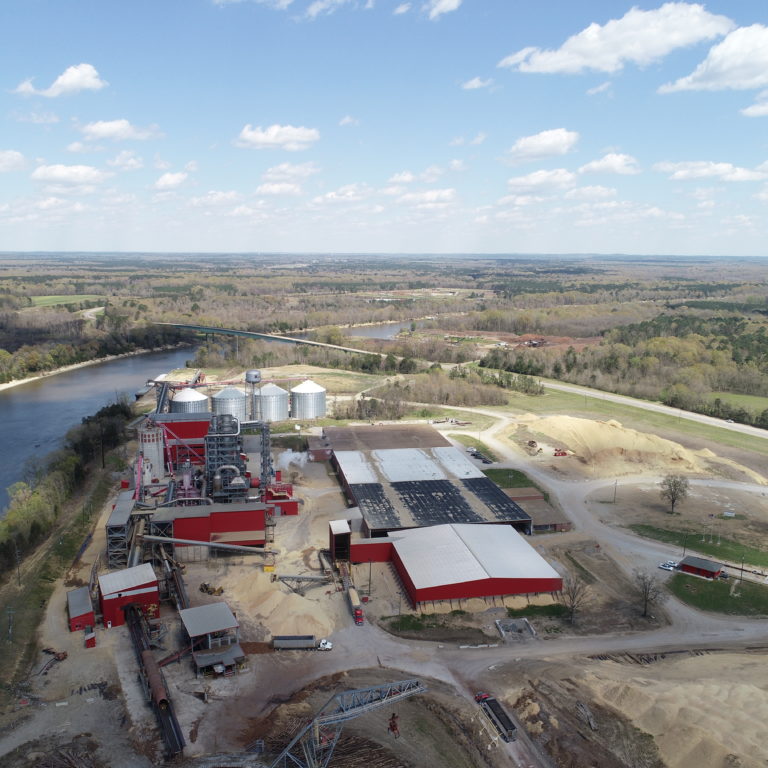Think of the products that come from forests and you might think of the centuries of shipbuilding, construction and cooking made possible by civilisations utilising this plentiful natural resource.
What you might not think of is the complex construction of chemicals and matter that make up the trees of a forest – nor of the countless ways these can be broken down and used. Yet this is the reality of forests. From essential oils to sturdy packaging to powerful adhesives, trees are used to create a range of products that make daily life possible.
And as awareness of the need to reduce plastic consumption grows, research into forest products and how they can replace the less-environmentally friendly objects is growing.
Here we look at five of the most common products used today, and maybe in the future, that owe something to forests.
Adhesives from tall oil
Anyone who has encountered tree sap can attest: trees are made up of some pretty sticky stuff. And it’s because of this that they have long been a source for adhesives production – from glue to cement.
The substance that makes this possible is known as tall oil. Named after the Swedish word Tallolja, meaning pine oil, it is a by-product of pulping coniferous trees.

Tall oil has been produced commercially since the 1930s when the invention of the recovery boiler made it possible to extract it from the Kraft pulping process. However, the resins and waxes tall oil is made up of have a longer history. These are also known as ‘Naval Products’ due to their historic use in ship building and can be tapped directly from living trees.
Today, tall oil is also used in asphalt roofing, as well as medical and cosmetic applications. One of tall oil’s most exciting uses is as BioVerno – a renewable alternative to diesel made in the world’s first commercial-scale biorefinery in Finland.
Disinfectants and detergents from turpentine

Tapping trees has historically been a means of extracting multiple useful substances and one of the most versatile of these is turpentine. This yellowish liquid is produced from distilled tree resin and has a long history of uses.
Turpentine has been used since Roman times as torch or lamp fuel, but its antiseptic properties also means it was often used as medicine. While doctors today would advise against drinking turpentine (as was prescribed in the past), it is still used today in disinfectants, detergents and cleaning products, giving off a fresh, pine-like odour.
Fuels to replace fossils
Biomass pellets from working forests are just one of the ways trees are providing renewable energy. One other form is cellulosic ethanol, a new, second generation of liquid biofuel. Rather than competing with food supply (often a concern in the creation of biodiesels), cellulosic ethanol is made from non-food based materials such as forest and agricultural residues left behind after harvest – wheat straw, – and timber processing wastes including sawdust. It is now being produced at a commercial scale in Europe, the US and Brazil.

Woody biomass can also be converted into a petroleum substitute known as pyrolysis oil or bio-oil. Biomass is transformed into this dark brown liquid by heating it to 500oC in an oxygen-deprived environment and then allowing it to cool. Bio-oil has a much higher energy density than biomass in chip or pellet form and after upgrading can be used as jet fuel or as a petroleum alternative in chemical manufacturing.
Vanilla ice cream and carbon fibre from lignin
Lignin is what gives trees their tough, woody quality, and after cellulose is the world’s second most abundant natural polymer. Polymers are very long molecules made up of many smaller molecules joined end-to-end most often associated with plastic, (which is a synthetic polymer).

Lignin is generally a waste product from the paper pulping process and is often burnt as fuel. However, it can also serve as a vanilla flavouring – a property that may make lignin an important resource in the face of an impending vanilla pod shortage.
Future-looking research, however, aims to unlock much more from the 50 million tonnes of lignin produced every year globally. One of the most promising of these is as an alternative source of a family of organic compound known as phenylpropanoids. These are normally extracted from petroleum and are hugely useful in producing plastics and carbon fibre, as well as drugs and paint.
Nanocellulose and the future of forest products
Cellulose is already one of the most important products to come from forests thanks to its role in paper production. However, this abundant substance – which is also the primary material in the cell walls of all green plants – holds even more potential.
By shrinking cellulose down to a nano level it can be configured to be very strong while remaining very light. This opens it up as a product with many possibilities, including using it as a source of bioplastics. Some bioplastics – polylactic acid, PHA, PBS and starch blends – are biodegradable alternatives to fossil fuel-based plastics and could potentially help solve some of the world’s most-pressing waste issues.
Not all bio-based plastics are biodegradable, however. The property of biodegradation doesn’t depend on the resource basis of a material – it is linked to its chemical structure. In other words, 100% bio-based plastics may be non-biodegradable, and 100% fossil-based plastics can biodegrade.

Bio-based plastics that are not biodegradable include polyethylene terephthalate, polyurethanes, polyamide, polyethylene. Polyethylenefuranoate or PEF is recyclable, can be manufactured without fossil fuels and while not biodegradable, has the potential to become a more sustainable alternative to the oil-based plastic used to make water bottles.
Cellulose’s combination of strength and light weight has also attracted interest from the auto industry in the ability to help cars become much lighter and therefore more fuel efficient. Its flexible, strong, transparent nature can also make Nanocellulose – an important material in helping bring bendable screens, batteries, cosmetics, paper, pharmaceuticals, optical sensors and devices to market.

The idea of using trees as a source of goods and products in everyday life might sound archaic, but, in reality, we’ve only just tapped the surface of what the chemicals and materials they’re made of can do. Markus Mannström from Finnish renewables company Stora Enso said recently that: “We believe that everything made from fossil-based materials today, can be made from a tree tomorrow.” As research advances, trees and forests will only play a bigger role in a more sustainable future.


















